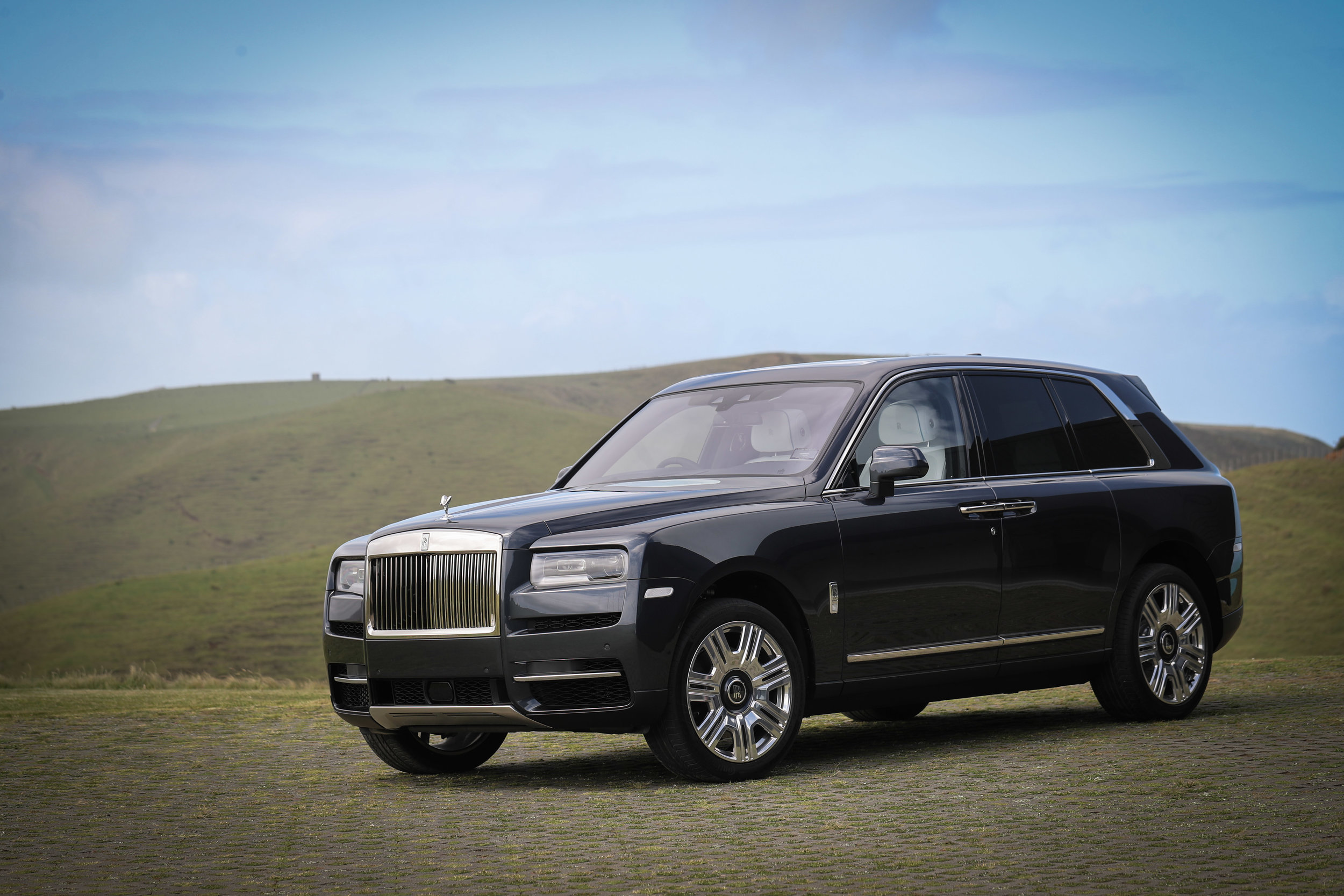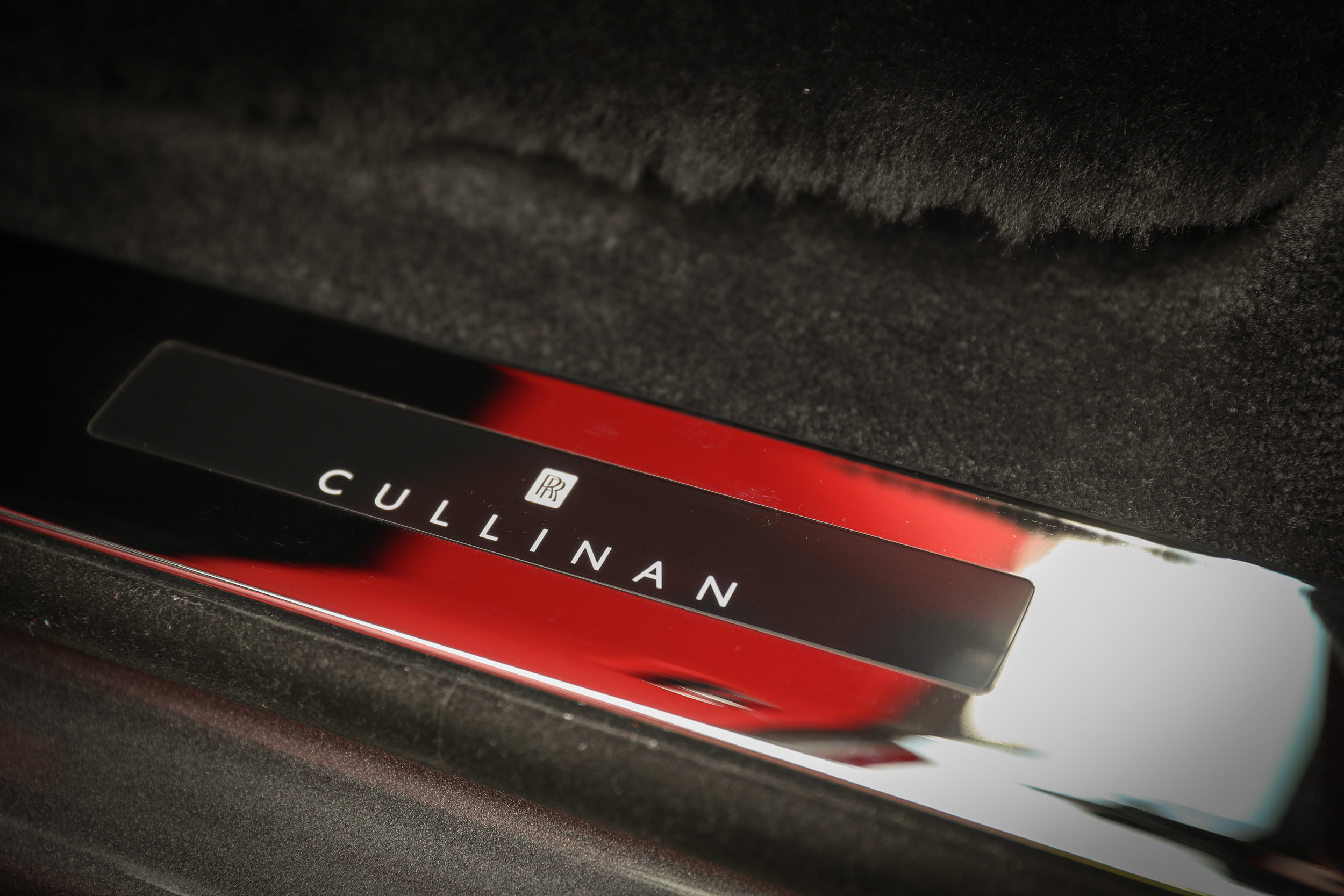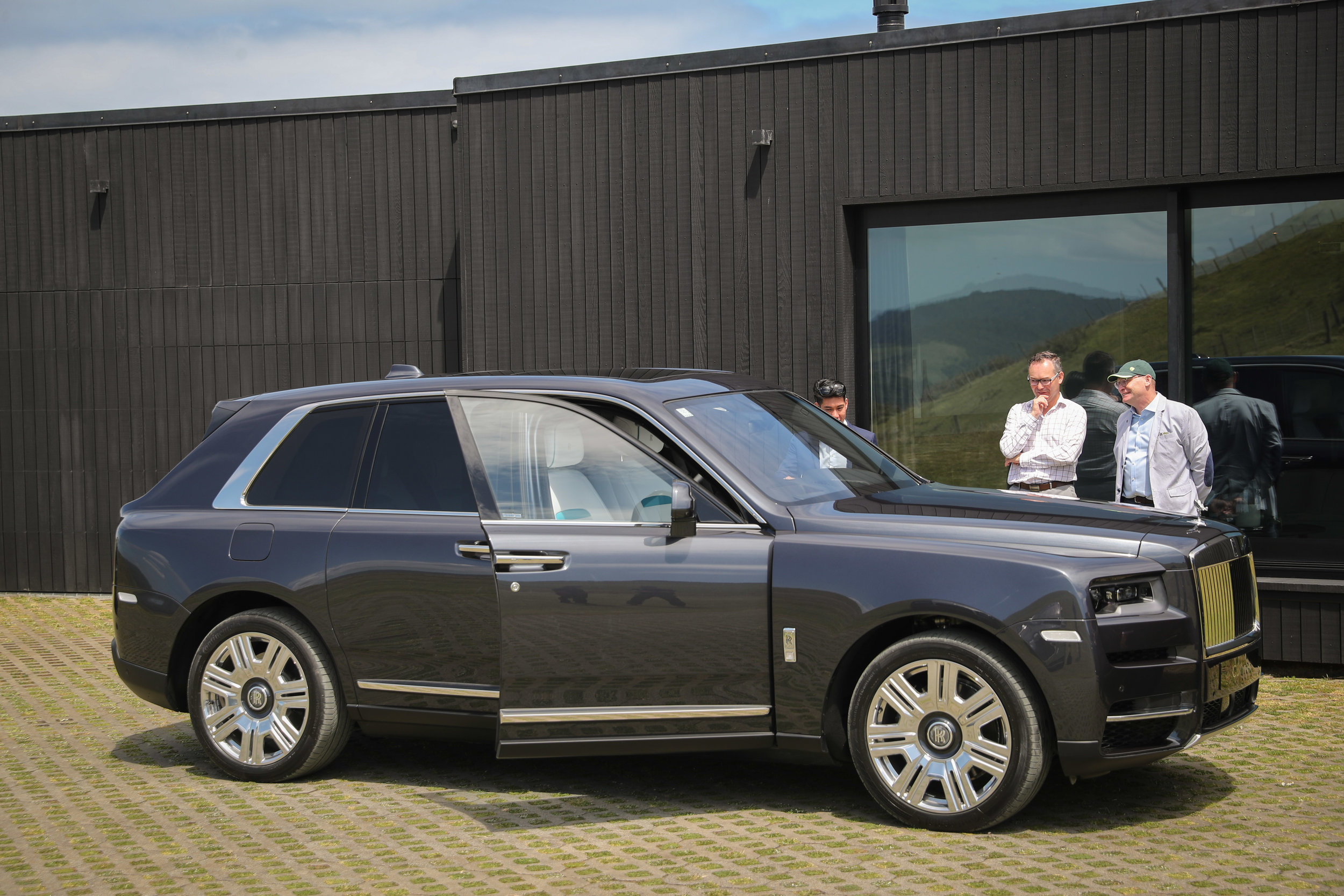Hitherto the only item known as the Cullinan was a massive diamond that makes up part of the British Crown Jewels. But now there’ll be another Cullinan, as in, “Jeeves, bring the Cullinan around, I want to go shooting.” Although more than likely it’ll just be be, “Jeeves, bring the Cullinan around, I want to go for a coffee.”
This new tourer from Rolls-Royce is as grand as the diamond it’s named after is hard. The truth is that the Cullinan will probably spend most of its time pottering around the trendier shopping streets of our main centres, but this doesn’t detract from the fact that Rolls-Royce have hit the nail on the head.
The new SUV is driven by 6.75l of twin-turbo V12, over 550bhp, and masses of twisting power. From the inside, the only thing you need to do with the outside world is watch it go by, and there’s really no better place to do that from. Rolls-Royce’s new platform has been developed especially for the new generation of their vehicles. Four-wheel steering, air suspension, and a host of new innovations maintain the famous Roller ride quality. The interior is sumptuous, and well, what else would you expect from a vehicle that has the option of 44,000 exterior colours.
Take a look at some images from the launch event below.

View fullsize

View fullsize

View fullsize

View fullsize

View fullsize

View fullsize


View fullsize

View fullsize

View fullsize

View fullsize

View fullsize

View fullsize


View fullsize

View fullsize

View fullsize

View fullsize

View fullsize

View fullsize



